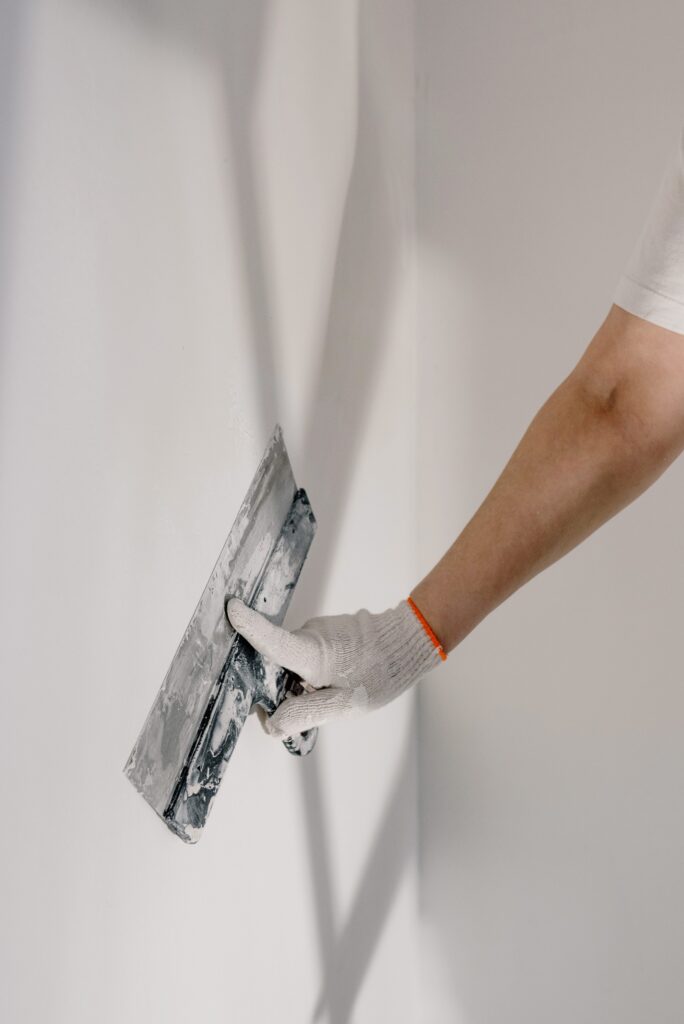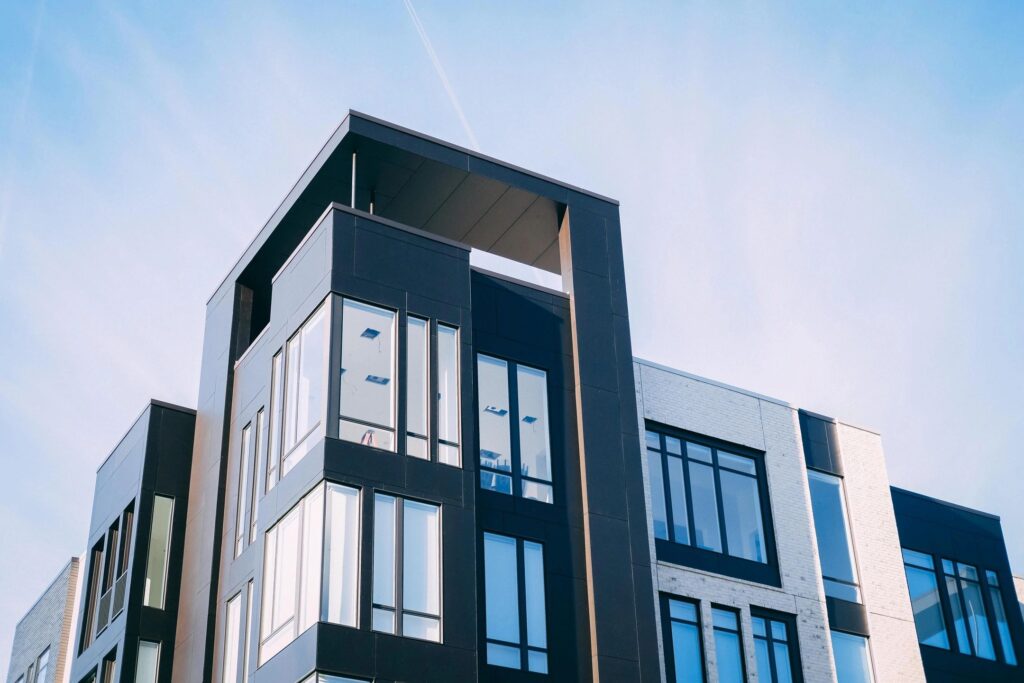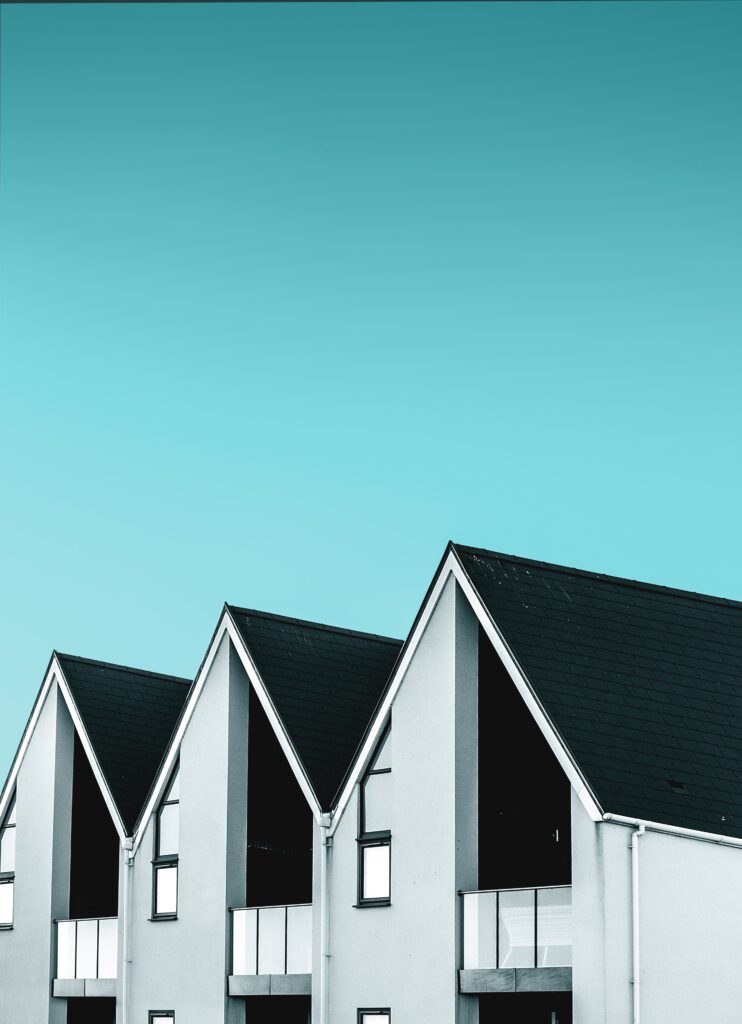A good painter will know how to prepare walls for painting and that each task will be unique and need a tailored strategy. Some will only need a single easy step, while others might need several. The wall preparation work required by a skilled painting contractor is frequently heavily influenced by the state of the walls. Paint will only be applied after all preparation work has been finished.
Here are some instructions to prepare the wall for painting.
Surface examination of commercial buildings
Inspecting the surface of a business building typically entails focusing on locations where flaws are most likely to be present. The flaws can be around windows, gutters, downspouts, and other places where water may be more likely to come into contact with the surface.
Professional builders will also check for pest damage, including that caused by insects, birds, or rats, all of which can harm surfaces. This thorough inspection procedure is an essential step in making sure the surfaces that require attention are found and fixed.
Protection of interior and exterior surfaces and objects
Protecting all surfaces, including those that won’t be painted, is a part of the painting preparation phase for commercial buildings. Either these parts will be covered or eliminated. For instance, a protective sheet or piece of plastic should be placed over any vegetation, like shrubs or shrubbery, that is close to the external surfaces.
Carpets, desks, and chairs are usually typically entirely covered on the inside surfaces. Before painting the surfaces, fixtures will be either removed or covered (most frequently removed). During the project’s planning stage, painter’s tape is frequently used on hardware, windows, outlet boxes, and utility heads.
Create a suitable airflow
When a building is being painted, ventilation is crucial since established airflow will help paint cure and dry more quickly. Additionally, airflow guarantees there won’t be a buildup of paint fumes.
Achieve the proper amount of airflow and prevent potentially harmful vapors or unpleasant aromas from becoming an annoyance. Examining the HVAC system or determining which windows and doors can be opened while the paint is being done are two examples of what this could entail.
Proper surface cleaning techniques
A power washer can effectively clean most surfaces and has enough force to remove some of the most difficult stains. For instance, a power washer may totally clean places where paint is crumbling or peeling off.
Use a soapy cloth or a soft-bristled scrub brush for gentle yet efficient cleaning on delicate surfaces that might be harmed by the force of a power washer. Additionally, some cleaning agents are more effective than others at removing specific kinds of dirt. Your painter will be knowledgeable about the best materials to utilize in each circumstance.
The cleaning phase of a painting project is typically focused on removing the following items: dirt, dust, algae, grease, oil, moss, rust, peeling paint, graffiti, mold, and mildew.
Solutions for cleaning surfaces
Power cleaning
Using water that is accelerated through a spray head to quickly remove all kinds of filth and grime from surfaces. Although it is a frequently used method that works on many different surfaces. It should be used with caution on more sensitive surfaces.
Blasting air
Air blasting is a more efficient means of cleaning surfaces when the water from a power washer poses a risk of damage to the surface and/or the environment around it. In this method, compressed air from a tank is sprayed via a nozzle, where it is directed onto surfaces to remove dirt. It works incredibly well in professional settings.
Blasting with abrasive vapor
Another very efficient method for cleaning surfaces in business buildings is vapor abrasive blasting. This technique can lower costs associated with cleanup and works on practically any surface. It is more effective than air blasting and only creates around 8% of the airborne dust that sandblasting creates.
Cleaning and Drying the following surface
Paint will not adhere to filthy or anything less than thoroughly dry surfaces, nor will it work on either. Surfaces that have been power cleaned or scrubbed with soap and water may take several days to dry. It is essential to give everything enough time to dry because of this.
Surfaces may require more time to dry after cleaning, especially after power washing. As long as they don’t mix up dust or dirt, fans can be utilized to hasten the process. Before starting to paint, a good painting contractor will carefully inspect cleansed surfaces to make sure there is no moisture present.



